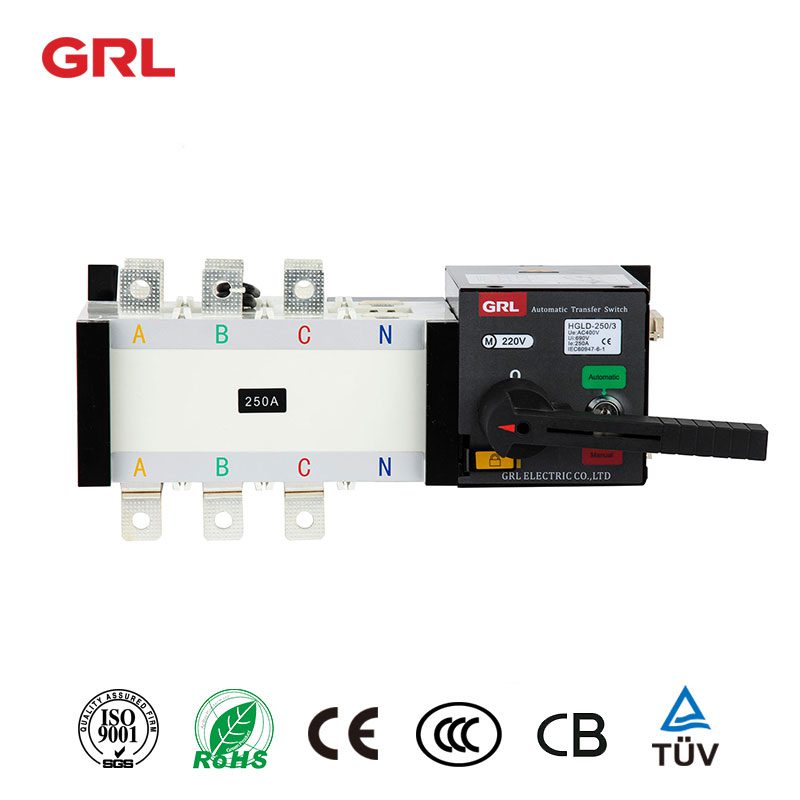
# Automated Trading System: Revolutionizing Financial Markets
## The Rise of ATS in Modern Finance
Automated Trading Systems (ATS) have transformed the financial landscape over the past two decades. These computer-driven platforms execute trades at speeds and frequencies impossible for human traders, creating new opportunities while presenting unique challenges.
How ATS Works
An ATS follows predefined algorithms to analyze market data and execute trades without human intervention. The system typically includes:
- Market data analysis components
- Risk management parameters
- Order execution protocols
- Performance monitoring tools
Modern ATS can process thousands of data points per second across multiple markets, making split-second decisions based on complex mathematical models.
Key Benefits of Automated Trading
1. Speed and Efficiency
ATS eliminates human reaction time delays, executing trades in milliseconds when opportunities arise.
2. Emotion-Free Trading
By removing psychological factors, ATS maintains discipline even during volatile market conditions.
3. Backtesting Capabilities
Traders can test strategies against historical data before risking real capital.
4. 24/7 Market Monitoring
ATS can watch global markets continuously, never missing opportunities due to human limitations.
Challenges and Considerations
While powerful, ATS comes with significant considerations:
| Challenge | Description |
|---|---|
| System Failures | Technical glitches can lead to substantial losses |
| Over-Optimization | Strategies may work in backtests but fail in live markets |
| Market Impact | Large automated orders can move prices unfavorably |
| Regulatory Scrutiny | Authorities increasingly monitor algorithmic trading |
The Future of ATS
Emerging technologies are pushing ATS capabilities further:
- Machine Learning: Adaptive algorithms that improve with experience
- Quantum Computing: Potential for analyzing unimaginable data volumes
- Blockchain Integration: Enhanced security and transparency
As financial markets become increasingly complex, ATS will likely play an even greater role in maintaining liquidity and market efficiency. However, the human element remains crucial for oversight, strategy development, and managing the ethical implications of automated trading.